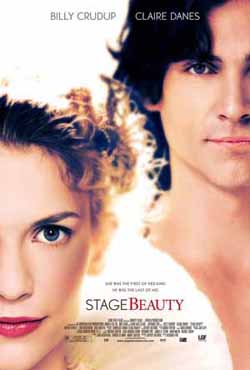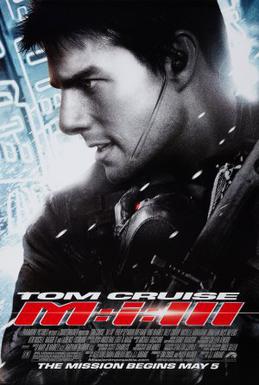 |
| Natalie Portman and Billy Crudup in Jackie |
Bobby Kennedy: Peter Sarsgaard
Nancy Tuckerman: Greta Gerwig
The Journalist: Billy Crudup
The Priest: John Hurt
Bill Walton: Richard E. Grant
John F. Kennedy: Caspar Phillipson
Lyndon B. Johnson: John Carroll Lynch
Lady Bird Johnson: Beth Grant
Jack Valenti: Max Casella
Director: Pablo Larraín
Screenplay: Noah Oppenheim
Cinematography: Stéphane Fontaine
Production design: Jean Rabasse
Costume design: Madeline Fontaine
Music: Mica Levi
I will give the benefit of the doubt to director Pablo Larraín (born in Chile in 1976) and screenwriter Noah Oppenheim (born in 1978) and assume that they didn't know what a thudding sentimental cliché ending Jackie with a reprise of the title song from Lerner and Loewe's musical Camelot would seem to those of us who actually lived through the Kennedy years and experienced the assassination and extended period of mourning that followed. Back then, you couldn't avoid Camelot allusions, even when we were fully aware of the shortcomings of JFK and the Cold War mentality, especially that of his "best and brightest" who were about to lead us into the Vietnam quagmire. Even as early as June 1964, reporter Tom Wicker was trying to evoke a less sentimental vision in his Esquire piece titled "Kennedy Without Tears." This absence of real historical context is a blemish on a well-meaning and sometimes very good film. The very good part is the heroic effort of Natalie Portman to bring together a coherent portrait of Jacqueline Kennedy, a woman undone by grief but struggling to keep a family and a legacy together. The best scenes in the film are those in which Jackie, briefly obsessed with the history of American political assassination, waffles between giving JFK a funeral that would rival Abraham Lincoln's and her fears that her husband's assassination might be part of a larger plot. She chooses a grand procession in which she, members of the administration, and foreign dignitaries would walk down Pennsylvania Avenue to the church. Then, when Lee Harvey Oswald is gunned down, she calls the procession off and rages at her brother-in-law Bobby for having kept the news of Oswald's murder from her while she and her two small children were making a vulnerable public appearance. But then she changes her mind again, after LBJ's assistant, Jack Valenti, has already informed the foreign dignitaries, including the very difficult Charles De Gaulle, that there will be a motorcade instead of a walk. "I will march with Jack, alone if necessary," she tells Valenti. If the rest of Jackie were as good as these scenes, it would be a major achievement. Unfortunately, it's blurred by an unnecessary frame story in which she is interviewed by a journalist and exercises an iron-willed control over what he will print, even as she spills the most intimate details of her experiences to him -- a way of launching flashbacks. There are too many lugubrious moments, scenes of Jackie wandering alone through the White House. There's also a rather sententious conversation with a priest in which he and Jackie flirt with existentialist concepts of the meaning of life and death -- even John Hurt, in one of his last film appearances, can't quite bring this one off. There's some miscasting, especially Peter Sarsgaard as Bobby Kennedy, whom he neither looks nor acts like. But throughout it all, Portman skillfully evokes Jackie Kennedy in voice and manner without mimicry. I have to credit the producers for making a film with a powerful lead role for a woman, but Jackie Kennedy was a more interesting person than this segment of her life suggests. I'd like to see a fuller biopic, perhaps a TV miniseries, that takes in her reaction to her husband's well-known infidelities and carries her through the controversial marriage to Aristotle Onassis and the rest of the Kennedy tragedies. I'll bet Portman could play the hell out of the rest of Jackie Kennedy's life.

